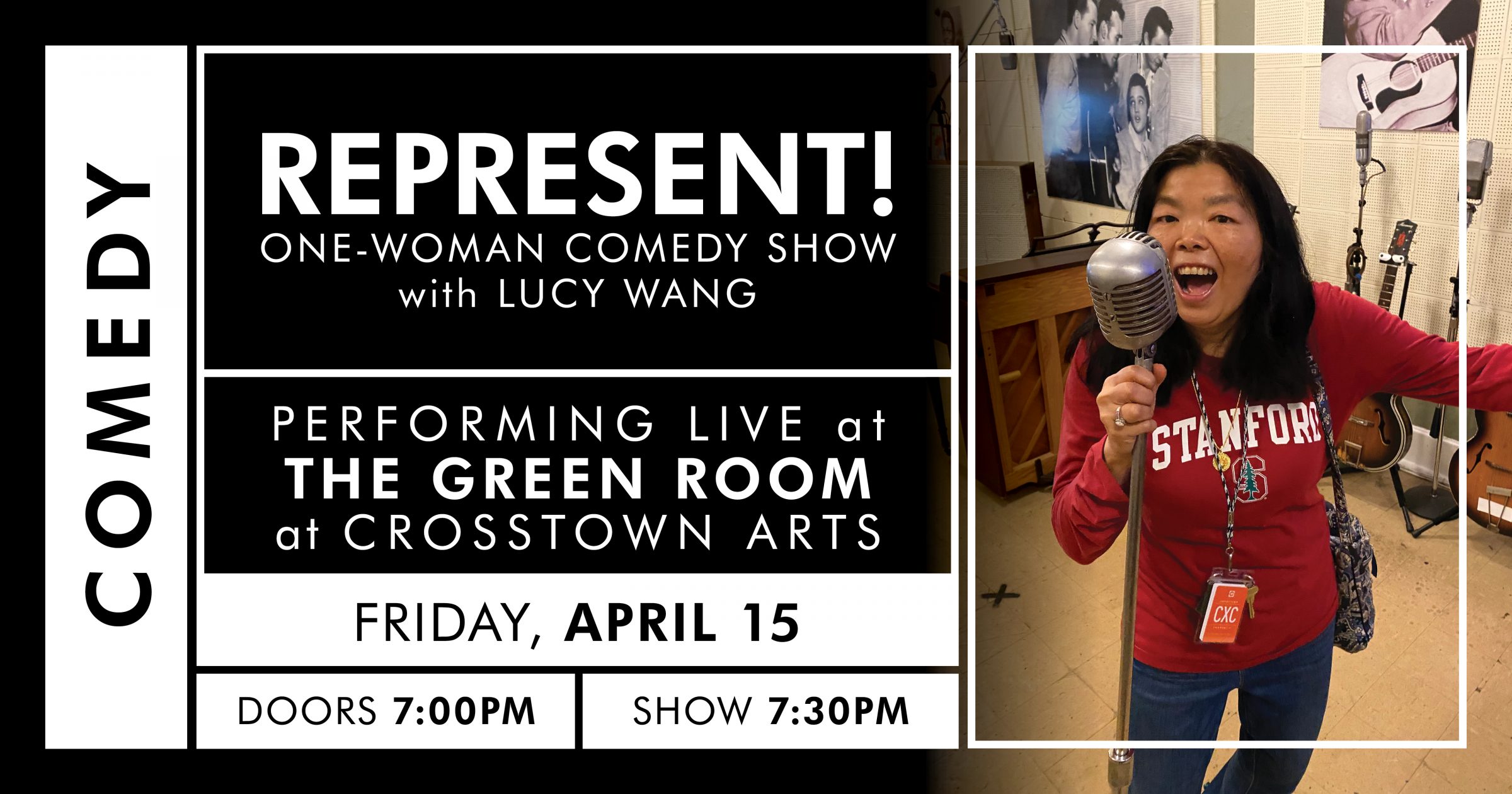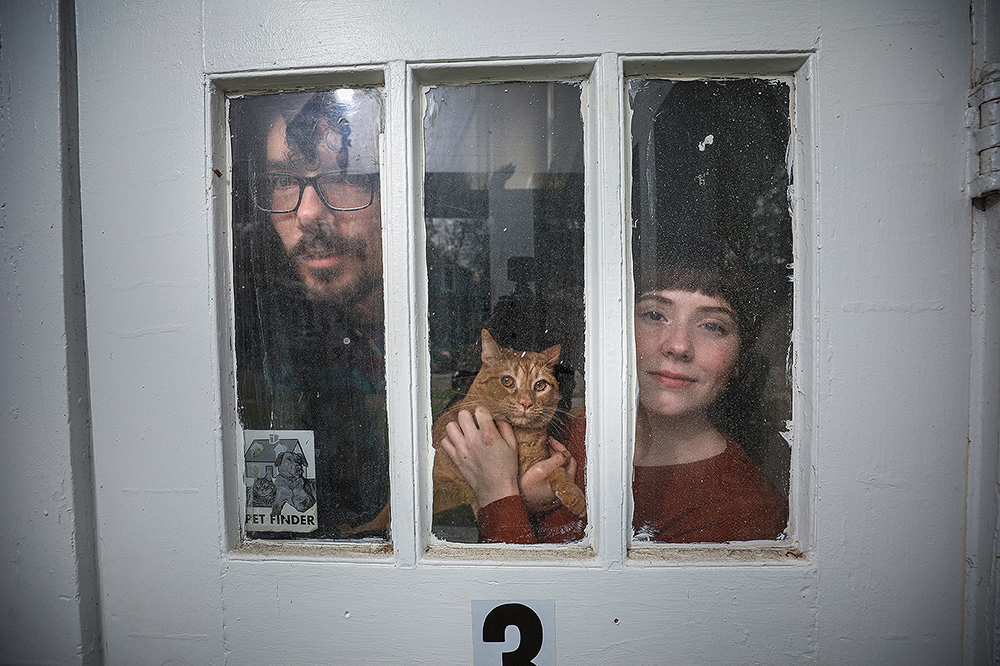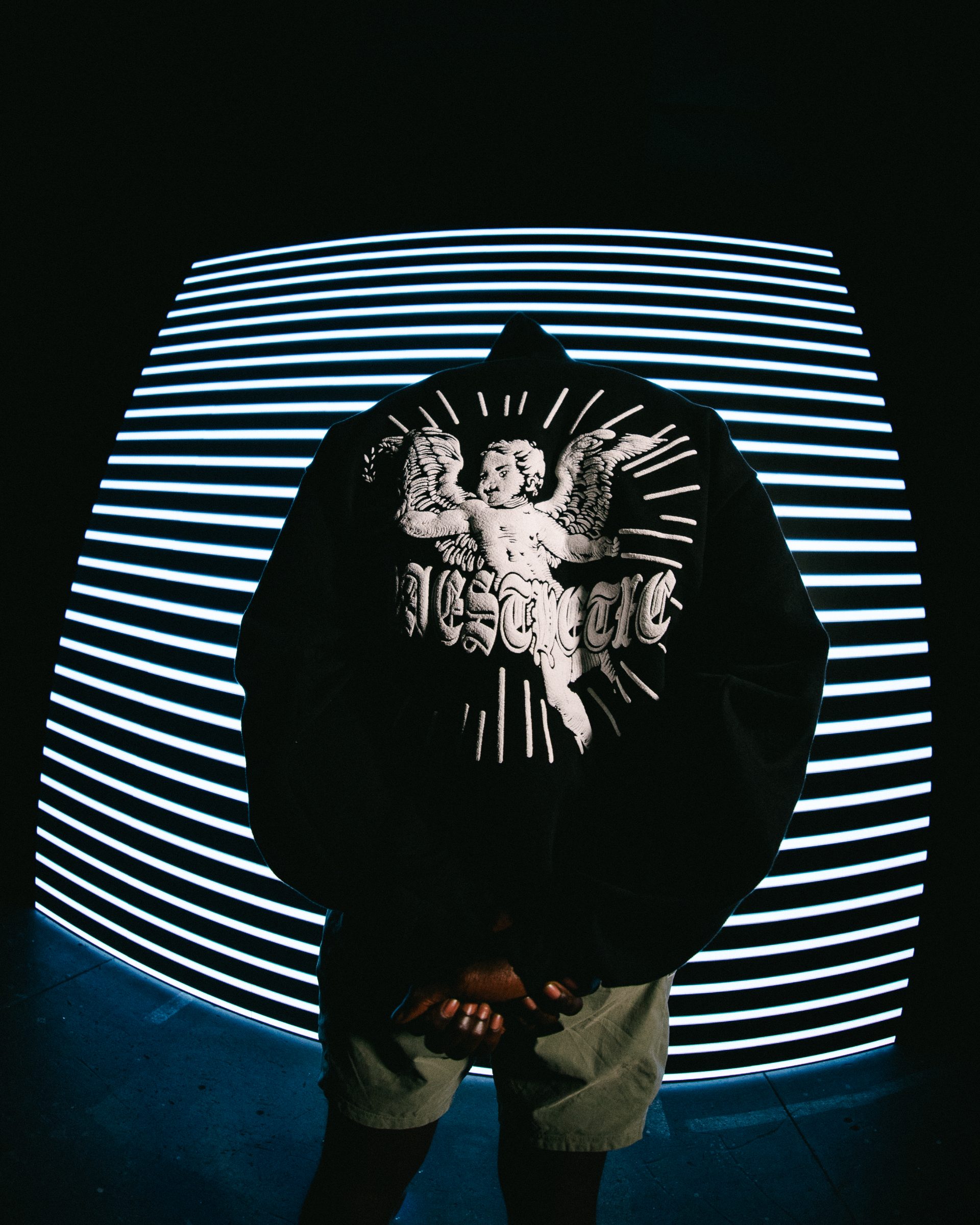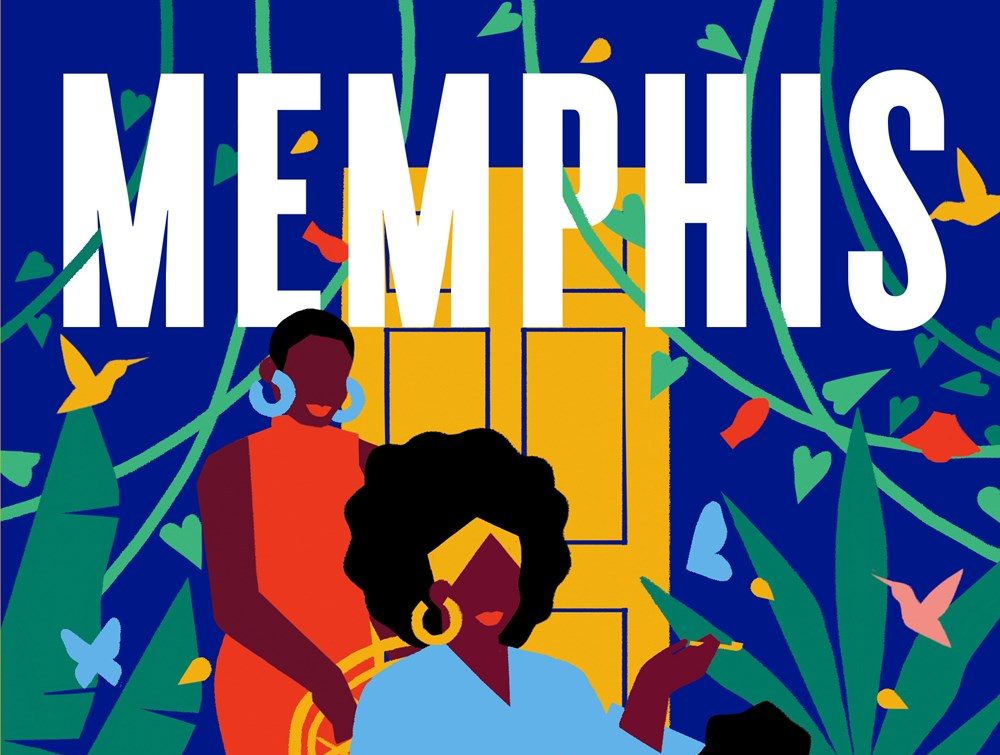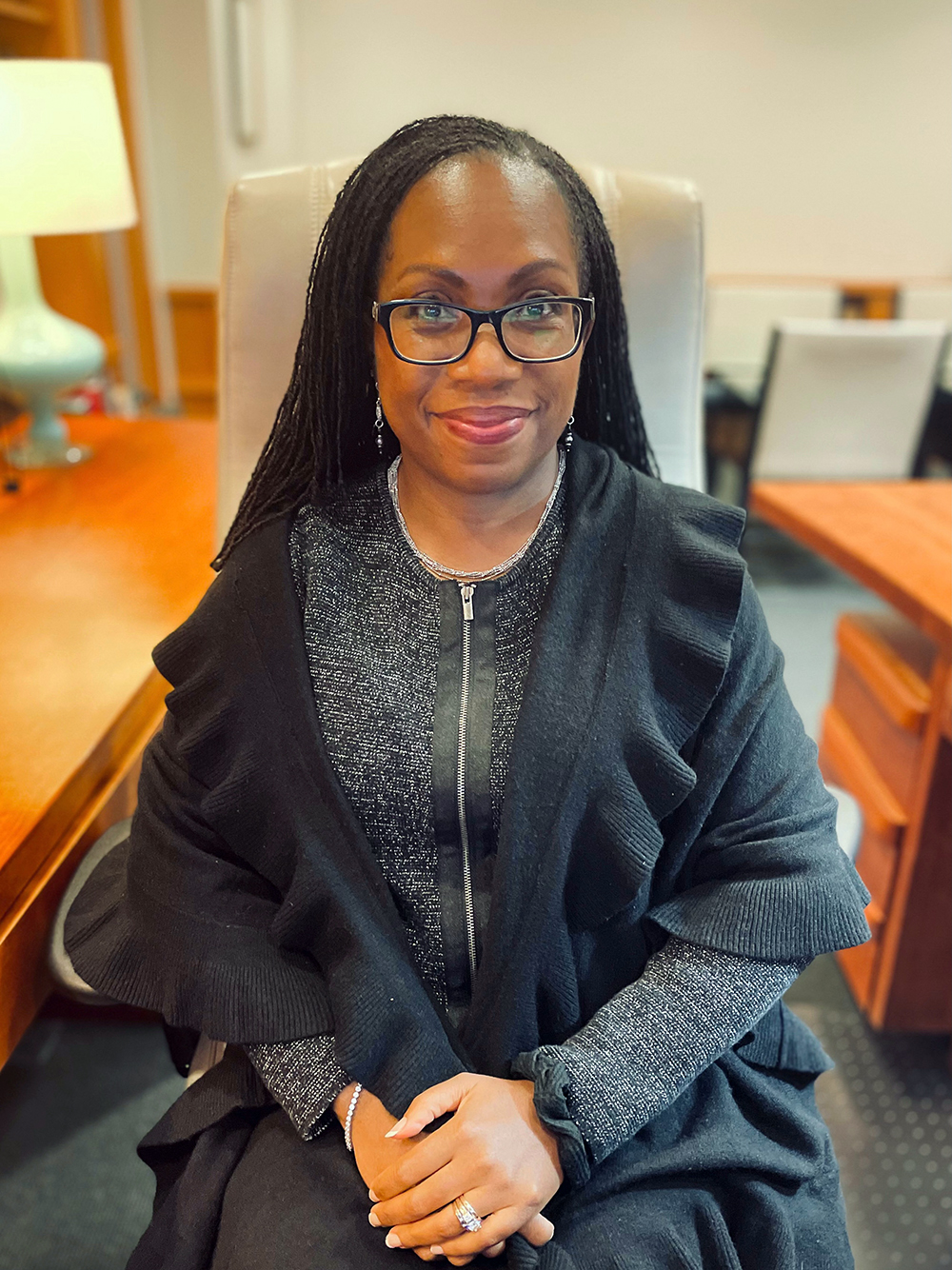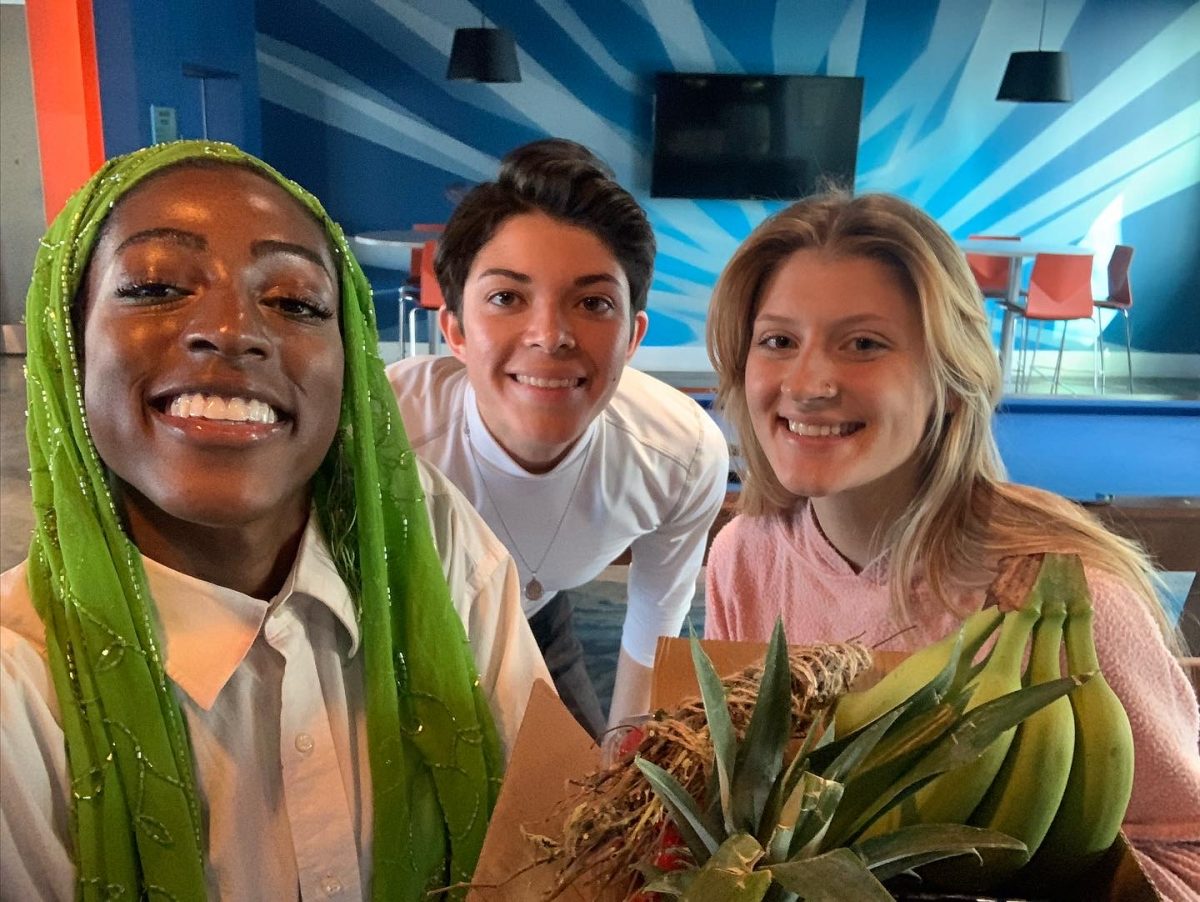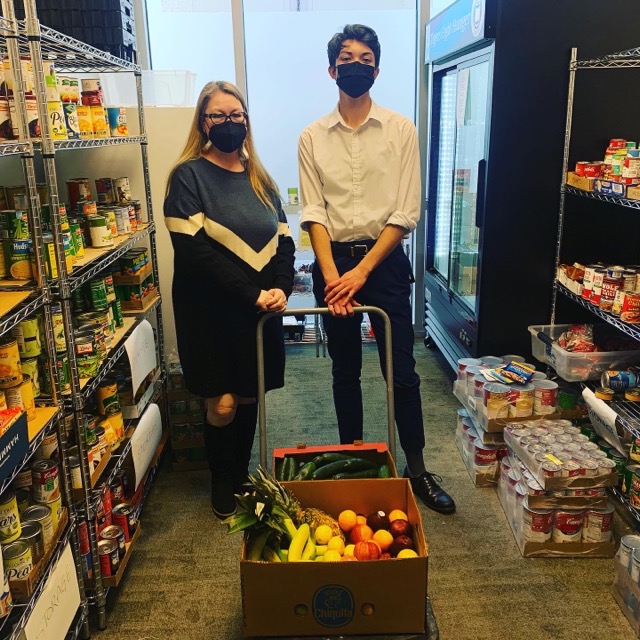As I write these words, the Memphis Grizzlies have not yet played game two of their playoff stint against the Minnesota Timberwolves. By the time anyone reads this column, in print or on the Flyer’s website, game two will be over, and the Grizzlies will have won or lost. I know most Memphians don’t even like to consider the possibility of a loss from Memphis’ most winningest team, but statistically speaking, it is within the realm of possibility.
Of course, I hope the Griz devour the Timberwolves, that the loss in game one of the playoffs is the only one the team has for the rest of the year. I’d be lying if I said I was anything resembling a devout sports fan, but like any Memphian, I have a possibly more-than-healthy dose of hometown pride. Besides, everyone in Memphis seems to have a little more strut to their step when the Grizzlies are on a winning streak. If a clip of a particularly gravity-defying dunk by Ja Morant is circulating on social media, there are sure to be a few more smiles gracing local faces. It’s a beautiful thing, but it puts a lot of pressure on the Grizzlies, though, doesn’t it? It must be hard to fly so high while simultaneously carrying the collective weight of a midsized American city’s hopes and dreams.
That’s why I was beside-myself excited — gleeful, even — about last week’s wandering wallaby news. The story was a flash in the pan, a two-day whirlwind as seemingly everyone in the city followed the news of the mischievous marsupial’s disappearance from his home in the KangaZoo exhibit and mercifully quick subsequent discovery in a service yard on zoo property. It took social media by storm, I heard people talk about it in the store, and I brought it up while sitting in the optometrist’s chair and getting my eyes tested. Weird as it was, the story lasted just long enough for its more ardent followers to begin to worry, then, bam!, it delivered a happy ending, complete with the wallaby’s reunion with his fellows in the zoo.
I love the absurdity of it. We needed a feel-good story, and to really hit Memphians in the feels, there had to be an element of “Wait, say what?” to the tale. After a month or so of increasingly dire news from the Tennessee legislative session, with tornadoes every other week just to add a little danger and destruction to the mix, the fugitive marsupial story felt nothing less than heaven-sent.
What makes the story even stranger, is that I don’t think the news would have gotten out if I hadn’t asked two zoo employees wading through Lick Creek what was going on.
“A kangaroo escaped,” one employee told me, confusing the missing wallaby for its larger and more famous marsupial relation.
“We haven’t seen a kangaroo,” he continued, “but we did see a beaver. It was this big.” He held his hands about three feet apart. I nodded my head, mumbled something about a beaver, and almost twisted my ankle running inside to call Jessica Faulk, the zoo’s communication specialist, for confirmation.
The details of the story came together (the fugitive mammal was a wallaby, not a kangaroo), people kept their eyes peeled for a glimpse of the creature, and the rest, as they say, is history.
Maybe it was the storm from the day before that cleared the air, but whatever it was, we needed it. Sometimes the monkeys have to escape Monkey Island, if I may reference another local legend.
So, as long as Tennessee legislators are gracing the home page of The New York Times website for things like child bride bills and praising Hitler as an example of turning one’s life around after a period of homelessness, we need the occasional lighthearted “WTF?” story to break the tension.
I propose a new Memphis rule, one to help us shoulder the embarrassment of being located in Tennessee and to take some of the pressure off our basketball team, at least as long as we’re also still in a pandemic. (Well, we are, even if we’re sick of talking about it.) Every so often, a prominent Memphis tourist destination needs to rock the news cycle with a preposterous story. The responsibility shouldn’t all fall on the zoo, either. Take turns getting in on the action.
So I’ll leave you with this question: After the next two or three times Tennessee makes national news for embarrassing reasons, who’s going to borrow Isaac Hayes’ Cadillac from the Stax Museum and go joyriding down 3rd Street?



